It’s a sweltering Friday afternoon in pre-COVID-19 Dubai, and two of the emirate’s many laborers — Mohammed and Iqbal, both from Pakistan — are ready to fight.
Wearing little more than a speedo-like loincloth, the two fighters glare at each other and move in a circle around an empty dirt lot in Dubai’s Deira neighborhood. Then — surprisingly quickly for men well above 200 pounds — the two charge at each other.
They’re both soon on the ground, thrashing at each other for a few minutes, trying to grab hold of each other’s arms, legs, or neck. Eventually, Iqbal — a giant of a man with an impressive mustache — manages to pull off a dhobi paat, or “bear toss,” throwing Mohammed over his shoulder to the ground and pinning his shoulders down in the sand.
The fight is over.
This fight, however, isn’t just some brawl between colleagues. It’s a modern version of an ancient South Asian martial art known as Kushti, or Pehlwani.
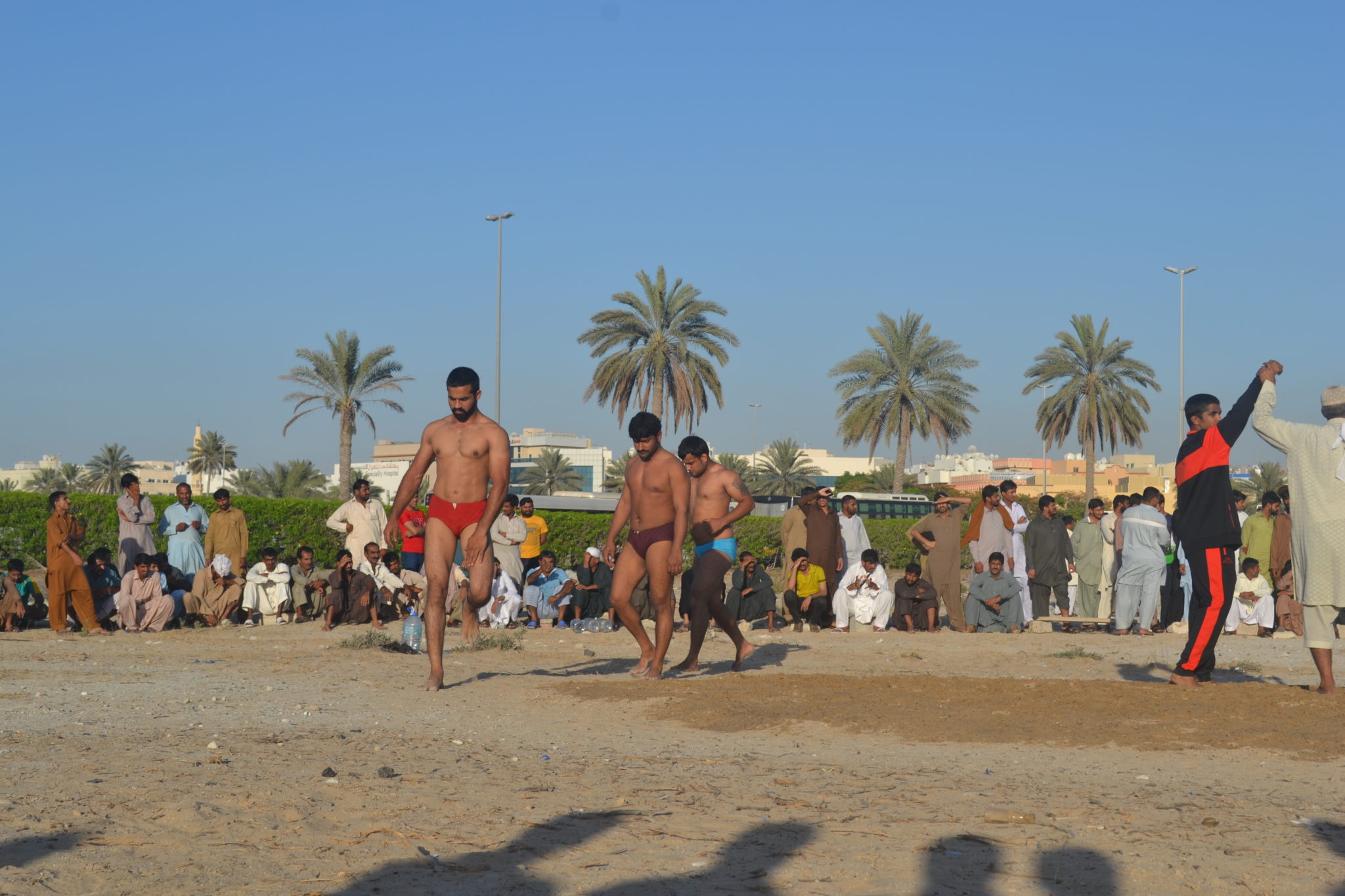
Developed during the age of the Mughal Empire by combining pre-existing forms of wrestling from India, Iran, and Mongolia, Kushti is wildly popular in villages and small towns across huge swathes of India, Pakistan, and Bangladesh.
The rules of the game are simple. Rocks are used to mark out a “ring” on hard dirt ground, which is doused with water, buttermilk, oil, and sometimes ochre to soften it a bit. Before each bout — which can last up to 20 minutes, although most are over much sooner — wrestlers toss a handful of dirt on themselves as a kind of blessing. To win a bout, a fighter needs to pin his opponent’s shoulders to the ground. Kicking and striking is forbidden, although on this day in Dubai more than a few hard slaps and elbows were thrown without much intervention from the referee.
While most of us will never end up wrestling another man in a Pakistani village or Dubai sandlot, those of us in the West have much to learn from the Kushti fighters.
For one, these athletes are true experts in “minimalist” training. In their case, there isn’t any other option. The vast majority have never set foot in a gym, nor put their hands on a dumbbell or bar. With very little money, most of which is promptly sent back home, their workouts are limited to manual labor at work and a few secrets of their own.
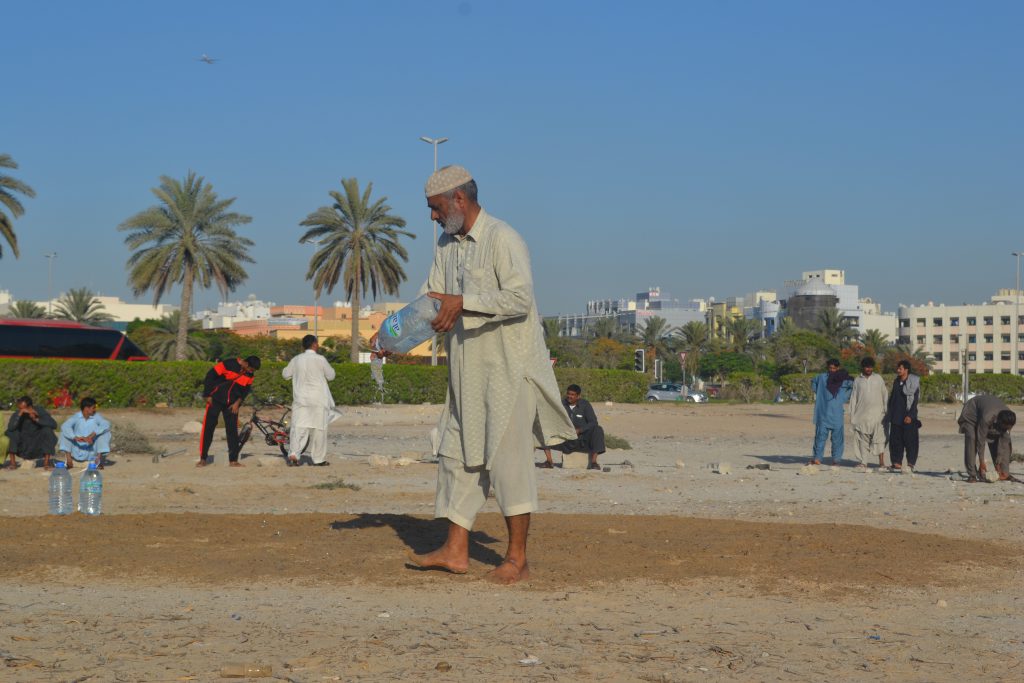
Although there are variations here and there, the core of Kushti-style training is similar and has remained largely unchanged for hundreds of years. There’s a heavy focus on bodyweight exercises such as push-ups, as well as on partner bodyweight exercises, such as squats with a partner on their shoulders.
The Great Gama, an early and mid-20th century Kushti fighter from what is now Pakistan, for example, is often said to have begun his day with squats and push-ups — thousands of them at a time — before starting his grappling training. It worked for him. At just 5-foot-7, he weighed in at a solid 240 pounds and was never defeated in his career.
At traditional Indian akharas, a form of traditional training camp and religious academy, for example, training days often begin early in the morning with hundreds, sometimes even thousands, of push-ups and squats, as well as 5-mile runs and yoga.
Perhaps more interesting, however, are their own versions of weights.
“Back in India, we’d do bodyweight exercises, but with a big stone hung around our neck to make it harder,” an Indian wrestler named Aajitt tells us through a translator. “There’s also a stone with a handle inside that we use. I’ve never been to a gym.”
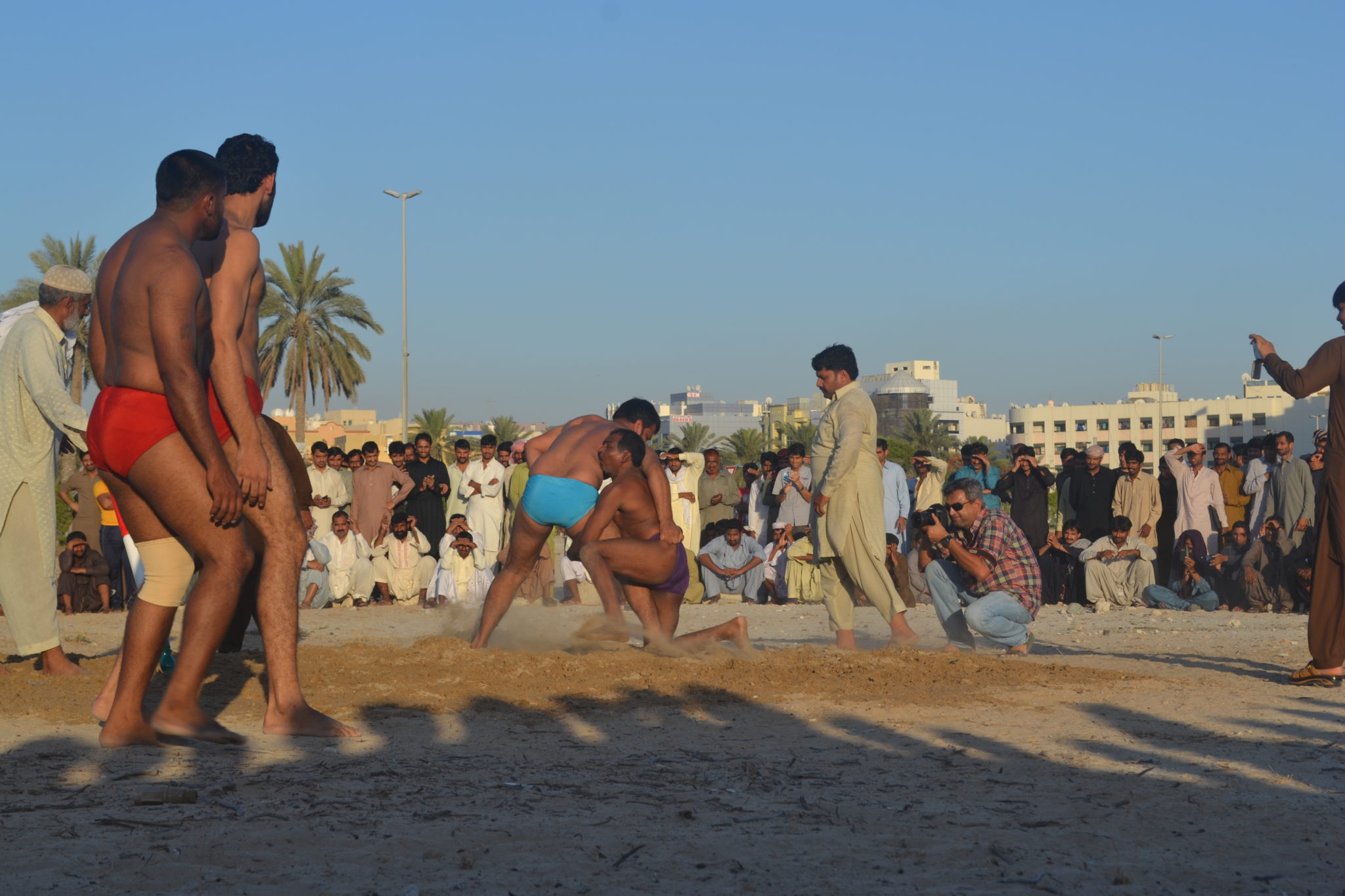
Notably, one popular Kushti strength training tool has already gained something of a cult following among some fitness enthusiasts in the West: Mugdar, or Indian clubs. Traditionally made of heavy wood or metal, the clubs — which resemble heavy juggling clubs — are swung in a number of ways to build muscles in the back and shoulders, as well as strengthen a fighter’s core. While modern versions of the club have been popularized by the likes of Joe Rogan and the Onnit Academy, many Kushti fighters scoff at the idea of spending money to get fit.
“We don’t have the [clubs] here in Dubai,” one of the fighters said. “We can use whatever we have, heavy bits of wood, anything. It really helps us before the fights.”
This minimalist attitude extends to food. These men aren’t the kind to measure macronutrients. In the case of the workers in Dubai, they often have no choice in what they eat because they’re provided food by the companies that employ them.
Traditionally, however, a Kushti diet is basic but effective. In some cases, it’s meat heavy. One famous Kushti fighter turned actor turned politician, Dara Singh, famously ate up to a pound of meat each day. In the Great Gama’s case, he was said to eat two enormous pieces of mutton each day, along with six chickens and a couple pounds of butter.

Most fighters, however, keep it simpler.
“Apples. Bananas. Watermelon. But mostly, I eat channa [chickpeas]. With pepper and lemon,” another Indian fighter told me. “But the most important thing is ghee.”
Ghee, for the uninitiated, is clarified butter made almost entirely of fat. Simple, yet effective.
“They don’t need much. Simple food and training,” explained Mohammed, a former fighter turned referee who has been attending the fights in Dubai for decades. “That’s how a Pehlwani wins.”
At a time when many gyms remain closed — and in which many people are still reluctant to go — there are helpful takeaways from these fighters.
Fitness isn’t about fancy meal plans, expensive PTs, or high-tech gyms.
“They work hard,” Mohammed said. “That’s really all they do.”
Read Next: Gable Steveson Wins Wrestling Gold With Mind-Blowing Comeback

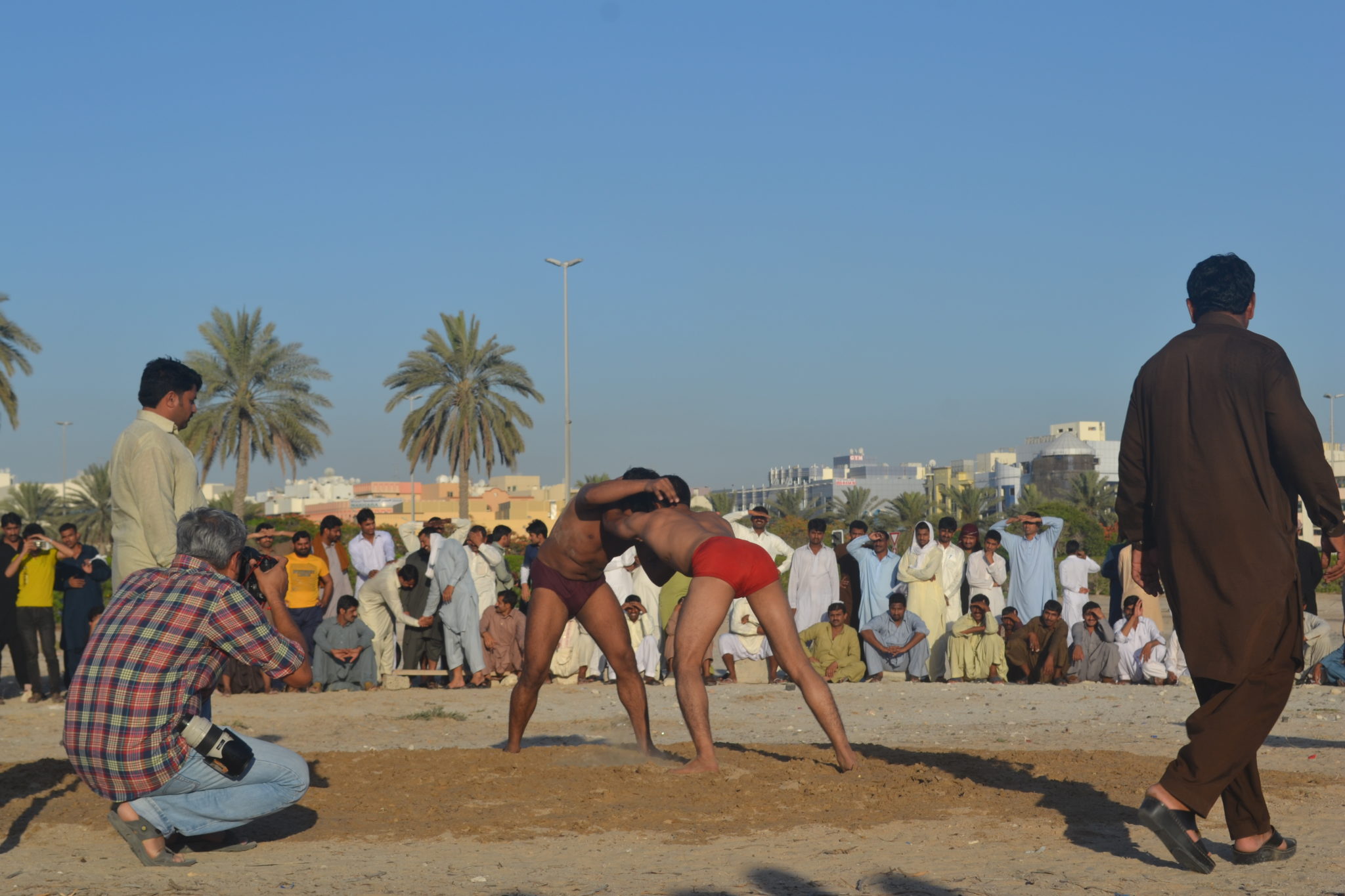
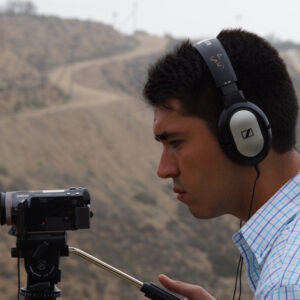

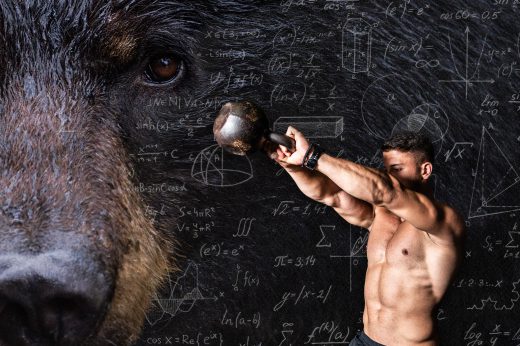
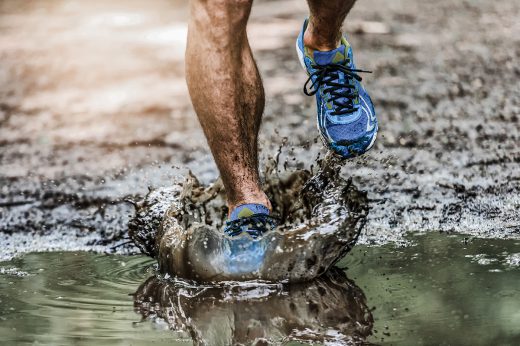


Comments